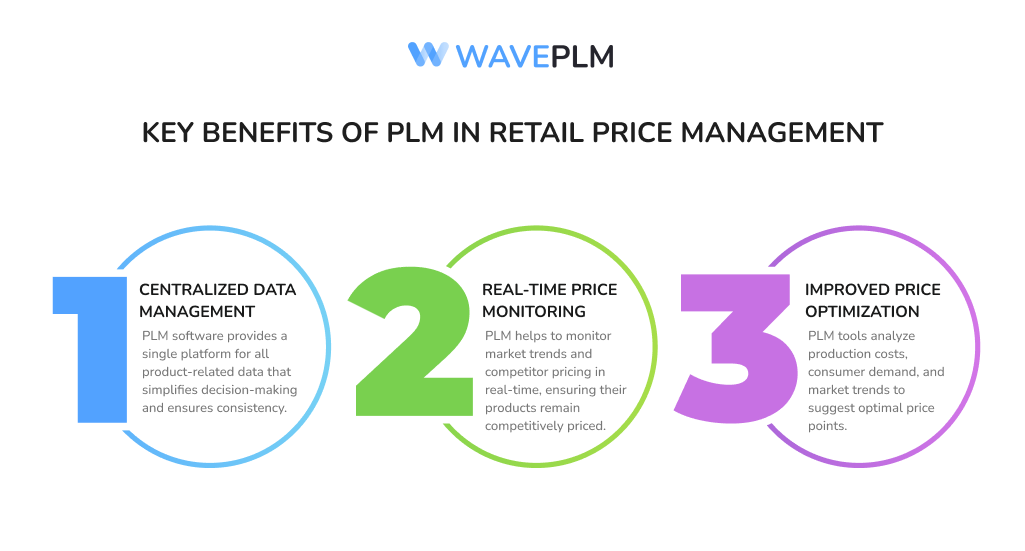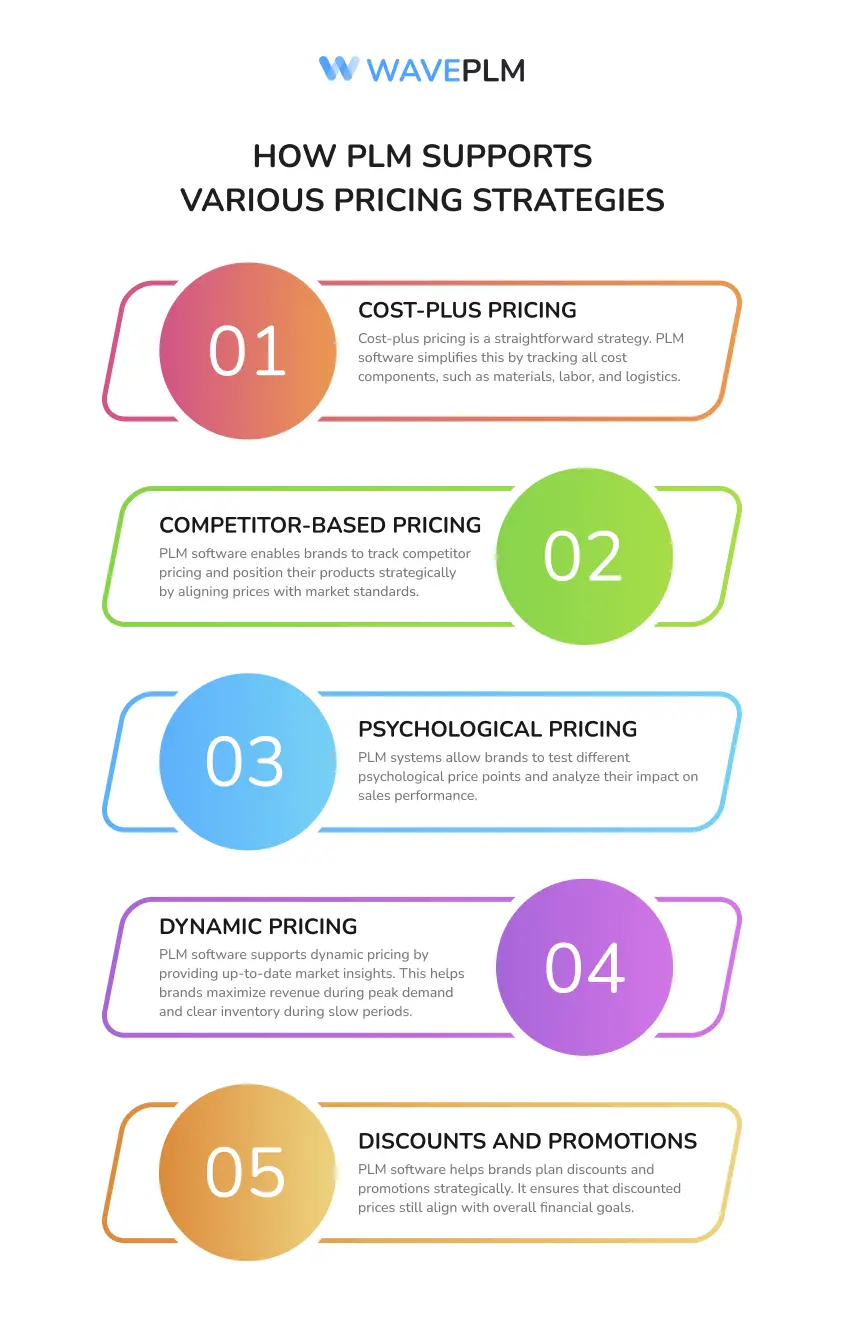
Setting the right price is critical for a brand’s success. In fashion, pricing influences how products perform in the market. Brands must strike a balance between production costs, competitor pricing, and consumer expectations. This is where retail price management and monitoring come into play. These strategies help brands optimize prices to maximize profits and maintain a competitive edge.
What is Retail Price Management?
Retail price management involves setting, adjusting, and optimizing prices for products and services. The process ensures that prices reflect production costs, market demand, and competition. Effective retail pricing helps brands boost sales while maintaining healthy profit margins.
In fashion, trends shift quickly, and consumer preferences change rapidly. Brands must stay agile, using retail price monitoring to adapt to these changes. Without proper price management, they risk losing customers to competitors or shrinking their margins.
Why Retail Price Monitoring Matters
Retail price monitoring is a continuous process. It involves tracking price changes in the market, analyzing competitor pricing, and evaluating product performance. This practice helps brands adjust prices dynamically, keeping them competitive and profitable.
Brands often face challenges such as fluctuating raw material costs, changes in consumer behavior, and seasonal demand shifts. Retail price monitoring provides the insights needed to navigate these challenges effectively.
The Role of PLM Software in Price Management
Product Lifecycle Management (PLM) software plays a crucial role in retail price management. PLM systems integrate all stages of product development, from design to production and distribution. By including pricing strategies within this framework, brands can ensure more accurate and efficient price monitoring.
Key Benefits of PLM in Retail Price Management
- Centralized Data Management. PLM software provides a single platform for all product-related data. Teams can access information on production costs, supply chains, and competitor pricing. This centralized approach simplifies decision-making and ensures consistency.
- Real-Time Price Monitoring. With PLM, brands can monitor market trends and competitor pricing in real-time. This feature allows them to respond quickly to price changes, ensuring their products remain competitively priced.
- Improved Price Optimization. PLM tools analyze production costs, consumer demand, and market trends to suggest optimal price points. This data-driven approach helps brands maximize profits without compromising on customer satisfaction.

How PLM Supports Various Pricing Strategies
1. Cost-Plus Pricing
Cost-plus pricing is a straightforward strategy. Brands calculate production costs and add a markup to determine the retail price. PLM software simplifies this by tracking all cost components, such as materials, labor, and logistics. It ensures that the final price covers costs and delivers the desired profit margin.
2. Competitor-Based Pricing
In a competitive market, pricing often depends on what rivals charge for similar products. PLM software enables brands to track competitor pricing and position their products strategically. By aligning prices with market standards, brands can attract cost-sensitive customers without sacrificing profits.
3. Psychological Pricing
Psychological pricing appeals to consumers’ perceptions. For instance, pricing an item at $29.99 instead of $30 makes it seem more affordable. PLM systems allow brands to test different psychological price points and analyze their impact on sales performance.
4. Dynamic Pricing
Dynamic pricing adjusts product prices based on real-time market conditions. Factors such as demand, competitor activity, and inventory levels influence this strategy. PLM software supports dynamic pricing by providing up-to-date market insights. This helps brands maximize revenue during peak demand and clear inventory during slow periods.
5. Discounts and Promotional Pricing
Discounts are a powerful tool for driving short-term sales. However, they can erode profit margins if not managed carefully. PLM software helps brands plan discounts and promotions strategically. It ensures that discounted prices still align with overall financial goals.
Enhancing Retail Price Management with PLM Integration
PLM software doesn’t just optimize pricing; it integrates pricing into the entire product lifecycle. This integration allows for better coordination between different teams, such as design, production, and sales.
Improved Cross-Department Collaboration
By centralizing pricing data, PLM improves collaboration across departments. For example, sales teams can use pricing insights to offer competitive deals. Meanwhile, marketing teams can create campaigns that highlight price advantages.
Faster Time-to-Market
Retail price management often delays product launches due to lengthy decision-making processes. PLM software accelerates this by providing quick access to crucial data. Brands can finalize prices faster, reducing time-to-market and staying ahead of competitors.
Risk Mitigation
Pricing mistakes can hurt a brand’s reputation and profitability. Overpricing may drive customers away, while underpricing can shrink margins. PLM software helps brands avoid these pitfalls by providing accurate data and real-time market analysis.
The Impact of Effective Pricing on Brand Success
Successful retail price management impacts more than just profit margins. It affects how customers perceive a brand and its products. Competitive and well-optimized pricing enhances customer loyalty and increases market share.
Maintaining Competitive Advantage
In the crowded fashion industry, standing out is essential. Retail price management gives brands a competitive edge by ensuring their products are priced appropriately. With PLM, they can track competitor moves and adjust their strategies accordingly.
Maximizing Profit Margins
Profit margins are a critical metric for any business. Effective price optimization ensures that brands maintain healthy margins even in competitive markets. PLM software calculates the ideal balance between costs and price points, helping brands maximize profitability.
Building Customer Loyalty
Consumers value fair pricing. They are more likely to stick with brands that offer good value for money. By monitoring and adjusting prices based on market trends and consumer behavior, brands can build long-term customer loyalty.
Adapting to Market Changes with PLM
The retail landscape is constantly evolving. Factors like economic shifts, consumer preferences, and technological advancements can disrupt traditional pricing models. PLM software equips brands with the tools needed to adapt quickly to these changes.
Responding to Seasonal Demand
Fashion brands often face seasonal demand fluctuations. Winter collections, for example, may see lower demand during spring. PLM systems help brands adjust prices seasonally, maximizing revenue during peak periods and clearing inventory during off-seasons.
Handling Supply Chain Disruptions
Supply chain issues, such as rising material costs or shipping delays, can impact pricing strategies. PLM software provides visibility into these disruptions, allowing brands to adjust prices accordingly. This proactive approach helps minimize losses and maintain profitability.
Conclusion
Retail price management is vital for fashion brands aiming to stay competitive and profitable. By leveraging PLM software, brands can streamline retail price monitoring, optimize their pricing strategies, and adapt quickly to market changes.
Whether implementing cost-plus pricing, dynamic pricing, or promotional discounts, PLM ensures that all decisions are data-driven and aligned with business goals. With the right tools, brands can set the perfect price points, boost their competitive advantage, and drive long-term success.
Ready to optimize your retail pricing strategies? Contact Wave PLM today to learn how our software can help.






Leave a Reply